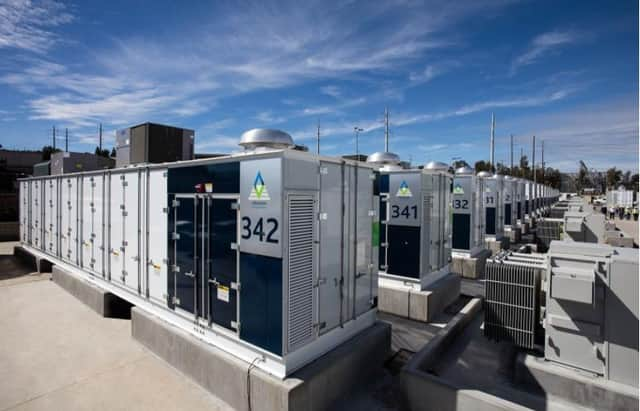Giant battery in Fife to store electricity for thousands of homes when demand high on national grid


The Hamilton-based Intelligent Land Investments Group earmarked land at Pitkevy Farm near Leslie for the development, which will have a generating capacity of up to 50 megawatts – enough to provide energy for several thousand homes.
Now that members of Fife Council’s central and west planning committee have approved the plans, around 52 containers containing batteries and other equipment will be created on the site and will be connected to the existing nearby Glenrothes national grid electricity substation to the south east.
Advertisement
Hide AdAdvertisement
Hide AdCouncil planners described the proposal as an “important addition” to the national grid in offering surety of supply and supporting the drive to a 100% renewables-sourced electricity service infrastructure.
The development, which will use underground cables rather than overhead pylons, will be accessed by the existing main farm access which is on the Falkland Hill Road that runs from Leslie to Falkland.
Work on site is expected to last around nine months.
A supporting statement submitted along with the plans concluded: “An energy storage system is proposed on the project site and would provide a useful contribution to national energy and carbon reduction targets, grid stability, local energy generation and agricultural diversification.
“The project will provide employment during construction and ongoing value added in operation and maintenance and contribute local authority rates.
“The project has been assessed against a range of potential issues, and impacts have been found to be acceptable.”